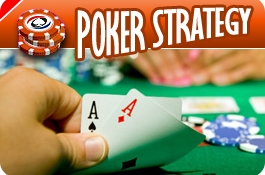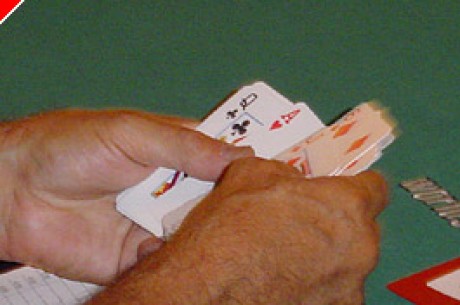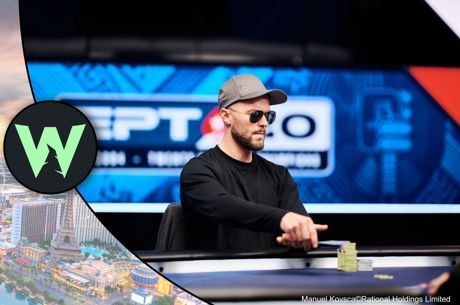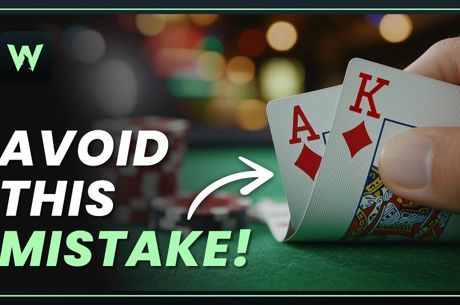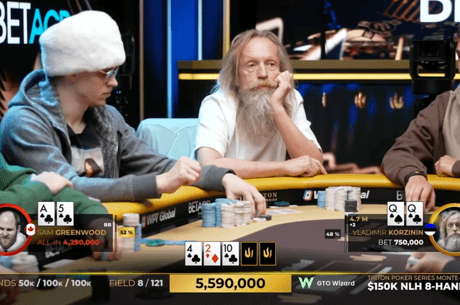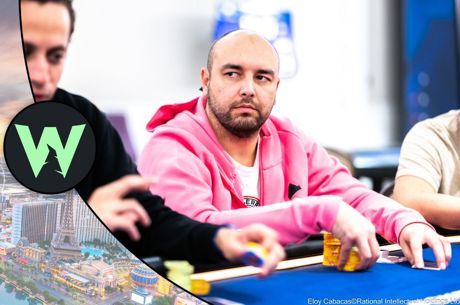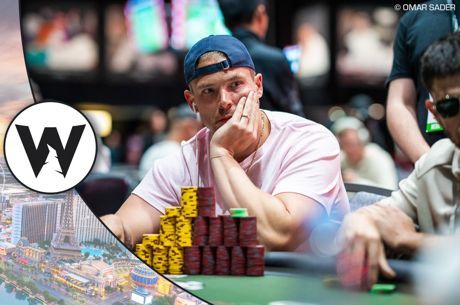Tournament Poker with Jeremiah Smith, Vol. 2: First Impressions vs. Table Image

A friend of mine described the strategy he wanted to employ for a daily poker tournament at the Orleans: “I’m going to play really tight in the first few levels so I can start bluffing the other players once the antes kick in.” This had the makings of a good plan, except for one small problem — your opponents don’t really care.
In a $10,000 event you will likely face the same players for hours on end; cultivating a table image should be an important part of your strategy. Generally speaking, this will apply in tournaments where the buy-in is at least $500 and levels are 60 minutes. However, at the levels most of us play, table image is simply overrated. Crafting a specific table image takes time. More importantly, putting yourself in a situation to exploit said image takes even longer. Even if your opponents did care, you just won’t face them long enough for it to really matter. When you are playing 20- or 30-minute levels on shallow stacks, picking your spots based on the hands you’re dealt takes precedence over any attempt at third-level thinking (or second-level thinking, for that matter).
Also, most of your opponents have tunnel vision. Why would they care about your cards when they have their own to worry about? They are usually playing their hand without regard to what you may have. While they might sit up in their chair if you are all in on the first hand, they are certainly not paying attention to the fact that you folded the entire first orbit.
Often our attempts at using our table to our advantage can backfire, even in bigger buy-in events. “Everyone else at the table knew I was tight, but for some reason this guy didn’t,” a friend related after an opponent made a rather loose call of his all-in. Although he had been playing extremely tight due to a lack of cards and a shrinking stack, the player in question was fixated on something else entirely. “I should have remembered a comment he made earlier in the day when he didn’t believe me when I check-raised someone else. He also overheard me tell someone that I’d shoved without looking in the previous session.” You can plot and plan all you like, but it’s more important to understand how your opponent views you.
I’m not advocating that you dismiss the concept of table image. Instead, I want to suggest a shift in emphasis to something that has more immediate value. I believe the old cliché sums it up best: “You only get one chance to make a good first impression.” Think of a poker table like any other social venue, whether it’s a bar, restaurant or even standing in line at the grocery store. While we might not want to admit it, we’re constantly judging others. Whether we are assessing someone’s physical attributes or gauging their personality, we measure people in any number of ways (even if it’s on a subconscious level).
These first impressions carry no small amount of weight, staying with us until the individual in question does something to change it. If you are a tight player who waits for big starting hands, it might help to throw your opponents off as soon as the tournament starts. Draw attention to the fact that you are raising the first hand, “I’m just here to have some fun!” Add a little flair to your raise by tossing the chips in the air a bit. If no one calls or you win the pot with a continuation bet, proudly display your Q-4 offsuit. You could fold every hand for the next two levels, but there’s no question you will get action when you pick up a hand after leaving that initial impression. Keep in mind that those impressions will stay until you do something completely opposite to change them.
In most situations, your table image is that first impression. Don’t worry about those big meta-game issues unless you’re going to playing the same players for a long time. And, even then, remember that the first impression you leave will define your image more than any other factor.

